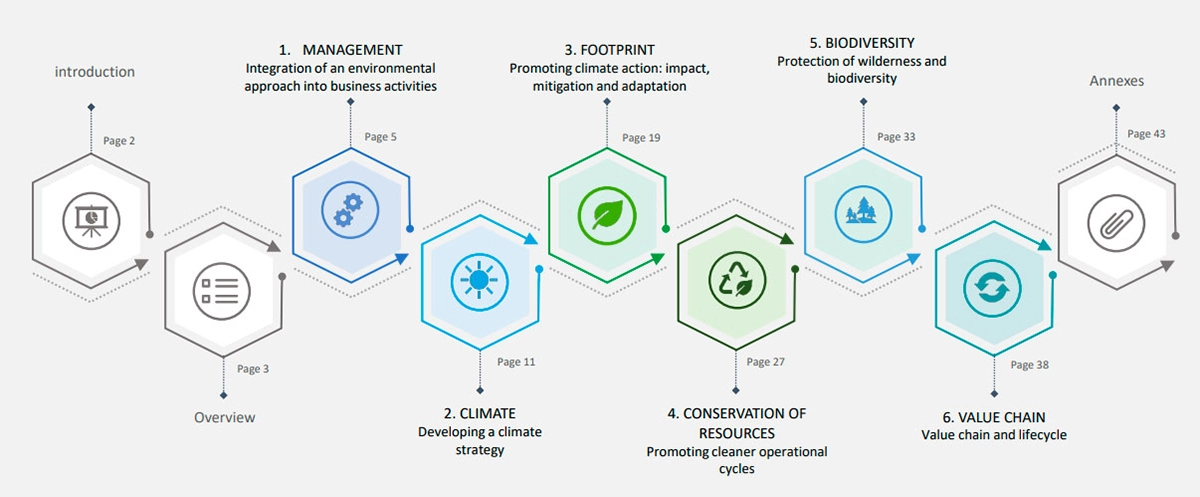Trends
Trends
NOV
04
2021
Global
Shining a light on Cellnex’s environmental footprint
The company releases its first annual environment and climate change report verified by an independent third party.
In a commitment to sustainability in business and accountability to society, shareholders, users and investors, Cellnex has issued its first Environment and Climate Change Report, submitting to scrutiny of its activity in the countries in which it operates in a bid to take stock of achievements and set future objectives.
Not so long ago, the Annual Report, with its breakdown of the year’s financial milestones and minutiae, was one of the main analytical resources of business groups. But reports on social activity or, more recently, environmental impact, have become increasingly important in a world getting more and more concerned about sustainability and the footprints left by our actions.
Large fund managers select their investments based on environmental and social criteria, and governments seek to shift the legislative focus from what corporations do to how they evaluate actions outside the bounds of financial profitability.
Until regulation and measurement standards find common ground, sustainability indices have been gaining traction as a tool for investor reporting, offering a check on whether organisations are meeting their environmental commitments.
Cellnex already submits to such evaluation and belongs to four of the major sustainability indices: SUSTAINALYTICS, CDP, MSCI and FTSE4Good which the group says serve the added purpose of “helping us identify improvements to advance as leaders in the sector”.
The report issued by Cellnex deals with this objective and takes into account benchmark international frameworks and standards and backed by an independent verification report by Deloitte. It is framed by six basic pillars of activity, and reviews achievements while at the same time identifying opportunities to help Cellnex breathe new life into its objectives.
The report offers insight into everything from percentages of renewable energies used and the carbon footprint of activities to efforts to offset emissions, reduce energy consumption, recover waste and more.
As a growing company with almost 40 billion euros invested in acquisitions since its IPO, Cellnex’s main objective is to drive integration of sustainable models in its integrated new units.
Its environmental commitments –set out in the Environment and Climate Change Policy– focus on five strategic lines aligned with the UN Sustainable Development Goals (SDGs).
Throughout 2020, a series of operational and corporate actions sought to turn Cellnex’s sustainability policy into something tangible, from pollution footprint measurements and compensation to preparing an energy transition plan (objective: 100 percent renewable energy by 2025) and baking environmental management into the company’s governance and supervision.
Climate change, for many the greatest challenge facing humanity, is a major concern for Cellnex, which has conducted a study with various scenarios and is committed to reducing its carbon footprint by 50% by 2030 and 100% by 2050. In addition to mitigation action, the company works to adapt to climate change by making infrastructure more resilient and tailoring operations to bring them in line with the SDGs. The report includes supplier relationships and materials as well as steps to safeguard diversity like identifying infrastructure located in protected areas.
From technologies using the Internet of Things (IoT) to cut water consumption and promotion of smart management systems for cities, to the company’s experience in the field of sustainable mobility as a key element on the path to climate neutrality, Cellnex leverages its expertise in technological and telecommunications innovation with proprietary initiatives that can help manage natural resources more efficiently and minimise environmental impact.

















